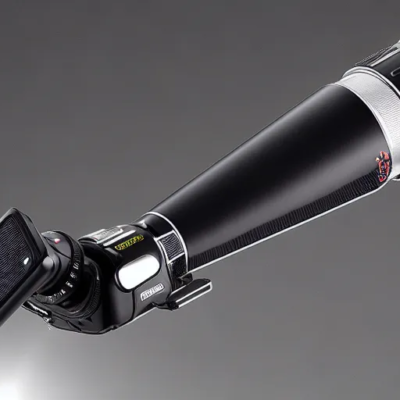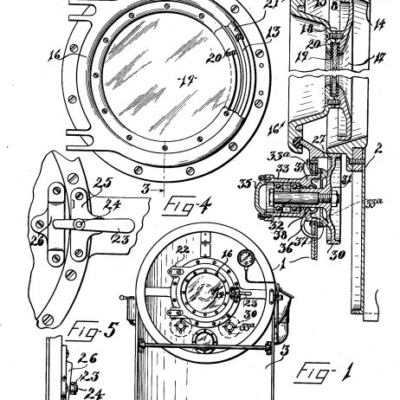I stopped at a store to buy a toothbrush. The attendant, in all sincerity, systematically laid out a dozen different varieties of toothbrushes on the counter for me to pick from.
To play along, I picked each pack one by one and pretended to study them carefully. One of them advertised itself as “smart bristles” which appealed to me.
Although I had no clue what made these bristles smart, or how they differed from bristles that are not-so-smart, I thought smart ones should definitely be favored. So I purchased this smart bristle toothbrush.
I was disappointed, however, when I began using it. There was nothing about these smart bristles that stood out. They looked and felt more or less like the bristles on my old toothbrush. I did not know clearly know what I was hoping for but my baseline expectation was that this toothbrush would be, in some way, different.

Bristle scientists somewhere are probably proud of the smart bristles they invented, which, I tend to believe, do clean teeth better than regular bristles.
Sadly, however, their innovation, uselful as it is, is unlikely to ever drive out any dimwit bristles from the market.
Because I am unable to see any visible difference this innovation makes in my life, I am unlikely to say next time I go toothbrush shopping, “Give me one of those that have smart bristles. I don’t want anything else.”
If a product innovation does not make itself noticed during use, it’s chances of survival in the long-term are only random.
Since the user is unable to see first hand the difference the innovation makes, it would not play a role in the next buying decision. It would fail to ensure customer loyalty to the product.
What could the toothbrush company do to overcome this hurdle? They must associate the innovation to a noticeable product feature.
One way could be to design the bristles such that they creates a ‘distinct feel’ while brushing. How could that be done?
This seem to be possible by changing the end surface and angle of the bristle profiles. A recent patent of Colgate, for example, suggests that by changing these parameters, different ‘feelings’ could be imparted:
. . . when a user brushes the teeth in a side-to-side manner, the tapered bristle 10 will have a first stiffness and when the user brushes the teeth in an up-and-down manner, the same tapered bristle 10 will have a second different stiffness. Thus, in one brushing direction the tapered bristle 10 can provide a deep scrubbing action and in another brushing direction the tapered bristle 10 can provide a massaging action. The tapered bristle 10 can effectively clean a user’s oral cavity while enhancing the comfort . . .
By making the smart bristles feel different than regular bristles, you could be reminded that you are using a specially designed brush. If, say, you switched to a regular toothbrush, you are likely to question whether this new brush is cleaning your teeth as well as it should, increasing the probability of you going back to the smart one!
Many companies miss such innovation opportunities during the product designing phase. To make sure you never do, subscribe to our newsletter –


